Morocco has suffered severe devastation due to recent earthquakes. However, some time ago, research was conducted in Morocco itself regarding earthquake prediction.
The earthquake that struck Morocco on Friday has shaken the entire country. This earthquake, measuring 6.8 on the Richter scale, has caused significant damage. Morocco’s Ministry of Interior reported on Saturday that at least 296 people have died in the affected regions of the earthquake. Additionally, 153 injured individuals have been sent to hospitals for treatment. The ministry noted that the most significant damage occurred outside of cities and towns.
Watch The live video from Morocco :
In this challenging time, Prime Minister Narendra Modi has also expressed his willingness to provide assistance to Morocco.
Morocco experiences an earthquake every day, but what’s interesting is that earthquake prediction was studied during the lockdown in Morocco itself.
Lockdown Research
On July 23, more than 70 scientists from around the world published an article in the academic journal Science.
It was reported in the newspapers that during the global lockdown, the world became somewhat quieter. This was a very special time for seismologists and other scientists studying the Earth’s activities.
During the lockdown, all outdoor activities were halted, allowing scientists to hear even the smallest tremors and vibrations that were previously difficult to detect. Afterward, the data collected could be used to predict future earthquakes. Additionally, this new method could potentially save thousands of lives in the future.
Study of 90 Earthquakes
According to the news from W, earthquake prediction may be possible. Scientists have researched more than 7 magnitude 90 earthquakes, using data from 3,326 satellites to detect the signals that occur before an earthquake. These signals could prove crucial in earthquake forecasting. Research into earthquake prediction is currently ongoing worldwide using this method.
How do Earthquakes Occur?
Inside the Earth, there are a total of seven tectonic plates that are constantly in motion. Where these plates collide or interact, it is known as a fault zone. When these plates collide, energy tries to escape.
The resulting disturbance is what we experience as an earthquake. The closer the epicenter of an earthquake is to the surface, the more significant the destruction it can cause.
Does Climate Change Affect Earthquakes?
Research has shown that climate change doesn’t just affect the Earth’s surface, but it can also impact glaciers. This can lead to increased seismic activity in the regions beneath the Earth’s surface, raising the risk of earthquakes.
The sixth assessment report of an international government panel on climate change in 2021 reveals that global average rainfall has increased significantly in various regions since 1950.
A warmer climate can sustain more water vapor, leading to heavy rainfall. Geoscientists have been studying rainfall rates and seismic activity during earthquakes for a long time. It was found that in the Himalayas, the frequency of earthquakes is affected throughout the year during the monsoon season.
Research has shown that 48% of earthquakes in the Himalayas occur during the dry, pre-monsoon months of March, April, and May, while only 16% occur during the monsoon season.
During rainy weather, a four-meter-thick layer of the Earth compresses vertically and horizontally. When water disappears in the winter, the effective “rebound” area becomes unstable, increasing the number of earthquakes.
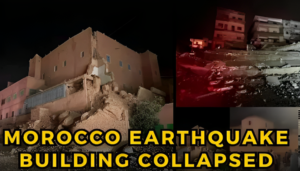
The World’s Biggest Earthquakes
The largest earthquake in history occurred in Chile in May 1960, with a magnitude of 9.4 to 9.6, causing the ground to shake for about 10 minutes. This earthquake resulted in the deaths of nearly 6,000 people.
In 1964, the Great Alaskan Earthquake on Good Friday had a magnitude of 9.2 and lasted for about 5 minutes. This is still considered the most powerful earthquake in recorded North American history. While only 9 people were killed by the shaking, over 100 people died in tsunamis generated by the earthquake, affecting coastal areas from Antarctica to Japan, Peru, Mexico, and New Zealand.
In 2001, the Bhuj earthquake in India was the third largest and second most deadly earthquake in India in the past two centuries. This earthquake claimed the lives of over 20,000 people and left millions homeless.
In 2004, a massive 9.1 magnitude earthquake struck South Asia, making it one of the largest natural disasters ever recorded. The earthquake generated a tsunami that affected approximately 14 countries, including Thailand, Sri Lanka, India, and Indonesia. The disaster resulted in approximately 227,000 deaths.
In 2015, Nepal experienced a major earthquake that also affected parts of India, China, Pakistan, and Bangladesh. It was the most powerful earthquake to strike Nepal since 1934.
When Do Earthquakes Have the Strongest Shakes?
If an earthquake has a magnitude between 0 and 1.9 on the Richter scale, it generally goes unnoticed. Seismographs are used to detect these earthquakes. When the magnitude is between 2 and 2.9, there might be a light tremor.
Additionally, at magnitudes between 3 and 3.9, some shaking can be felt. As the magnitude increases to 4 to 4.9 on the Richter scale, windows and doors may rattle. Beyond that, if an earthquake has a magnitude of 5 to 5.9, shelves and ceiling fans may sway.
With a magnitude of 6 to 6.9, there may be cracks in the foundation of buildings, and at 7 to 7.9, buildings may collapse, resulting in significant destruction. Beyond that, if an earthquake reaches a magnitude of 8 to 8.9, there is a risk of tsunamis.
When the magnitude of an earthquake is 9, even standing on the ground, the Earth will appear to shake.
Watch more Videos : https://youtu.be/P0Lr81WCiVU?si=fX9XJmi5iU9q6WRl




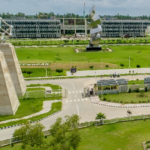


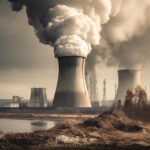









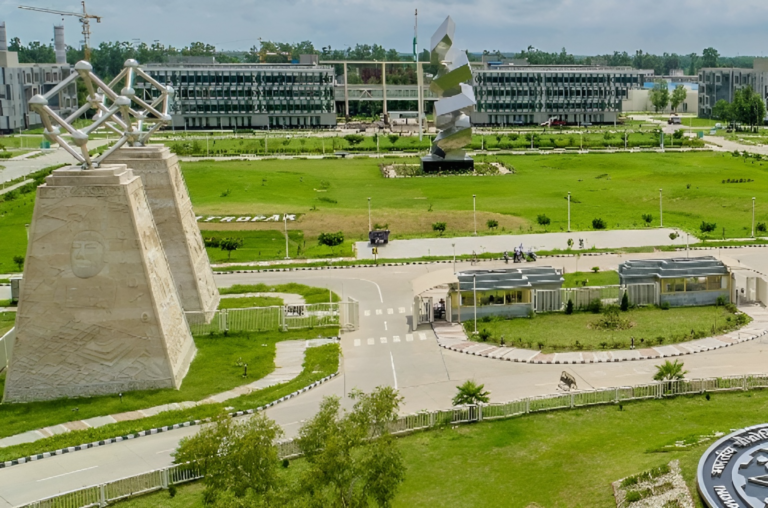






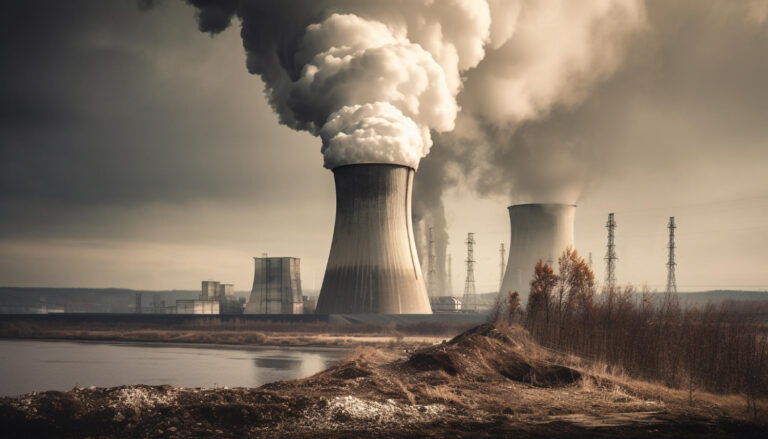
+ There are no comments
Add yours